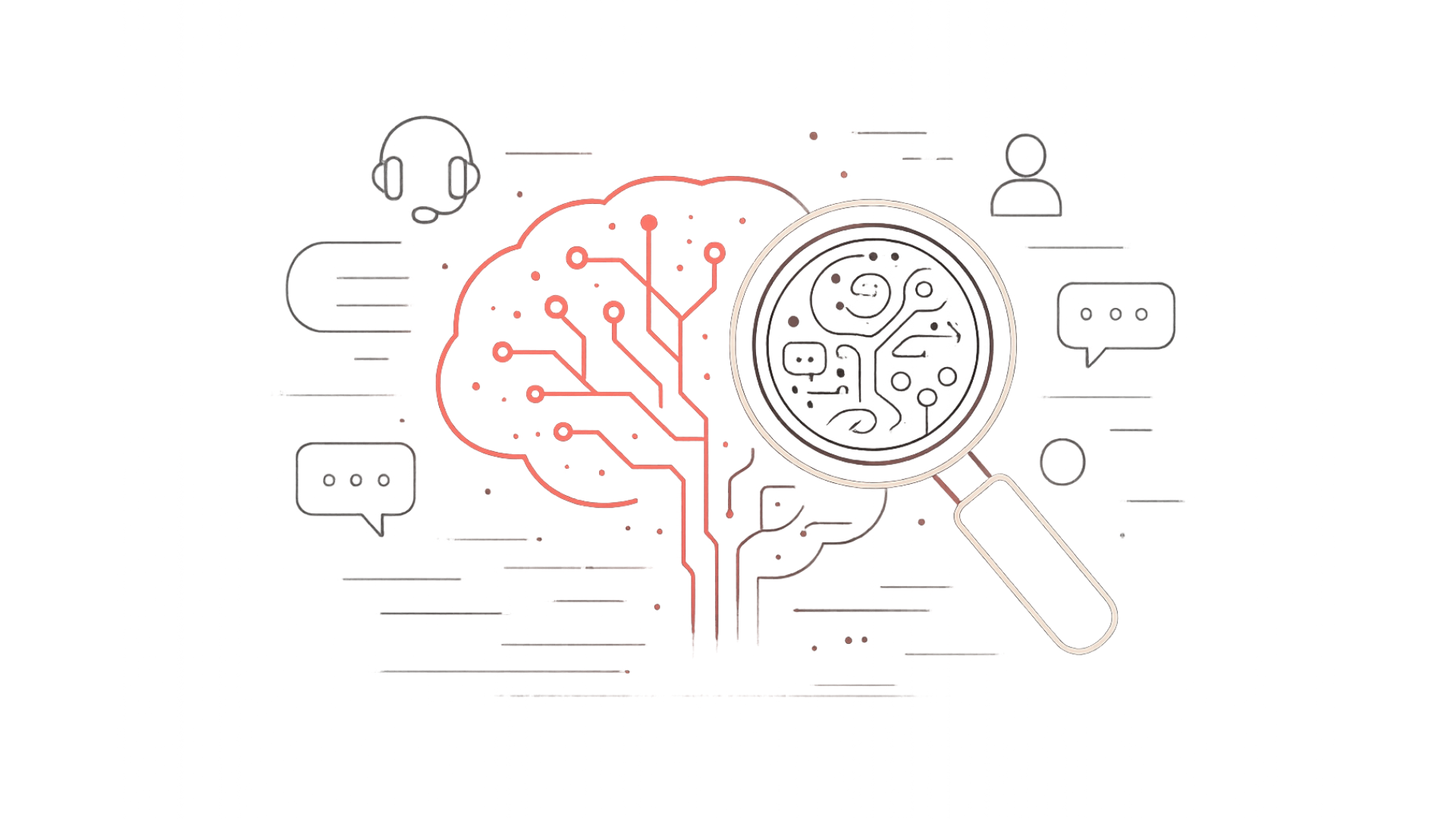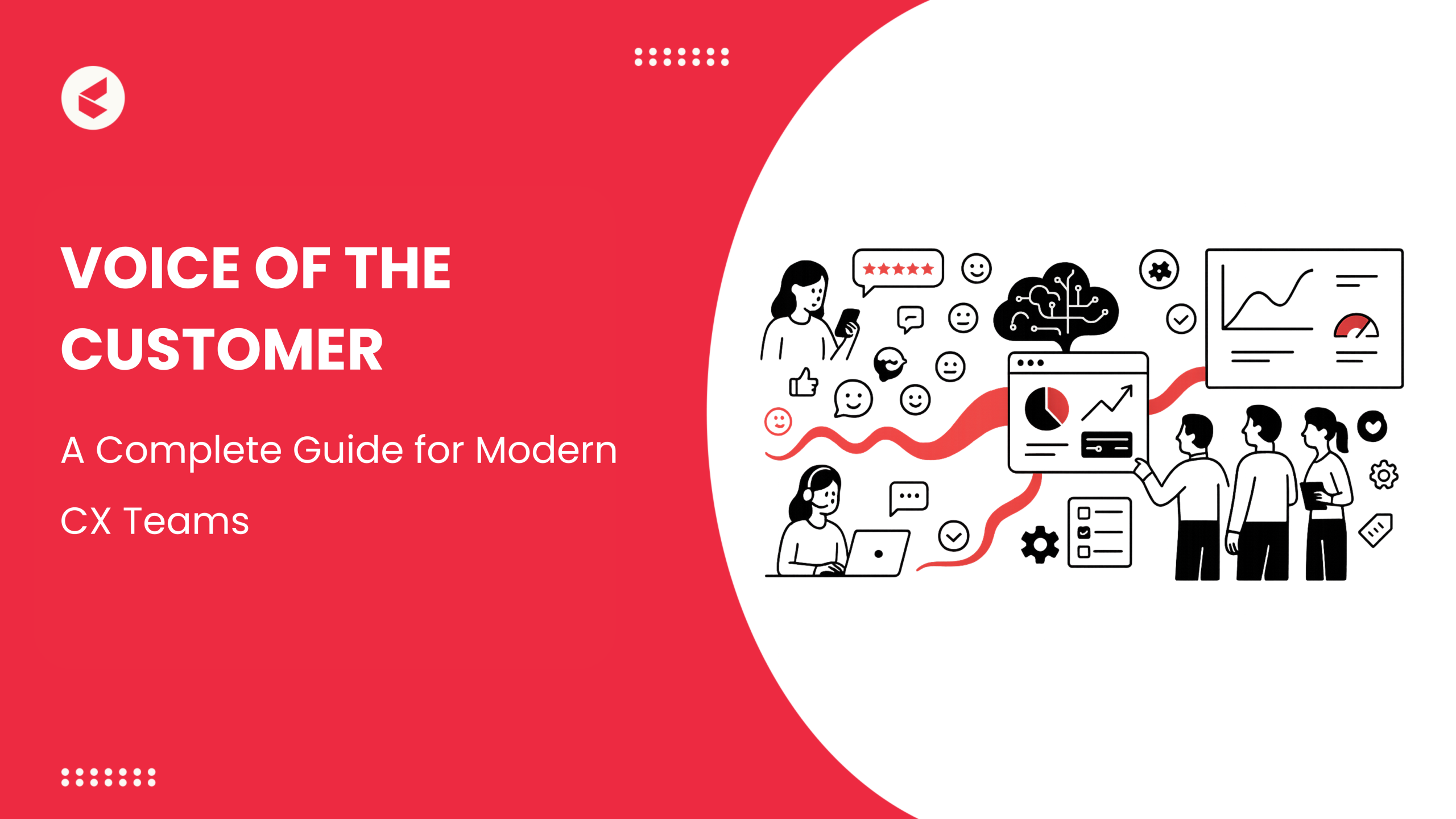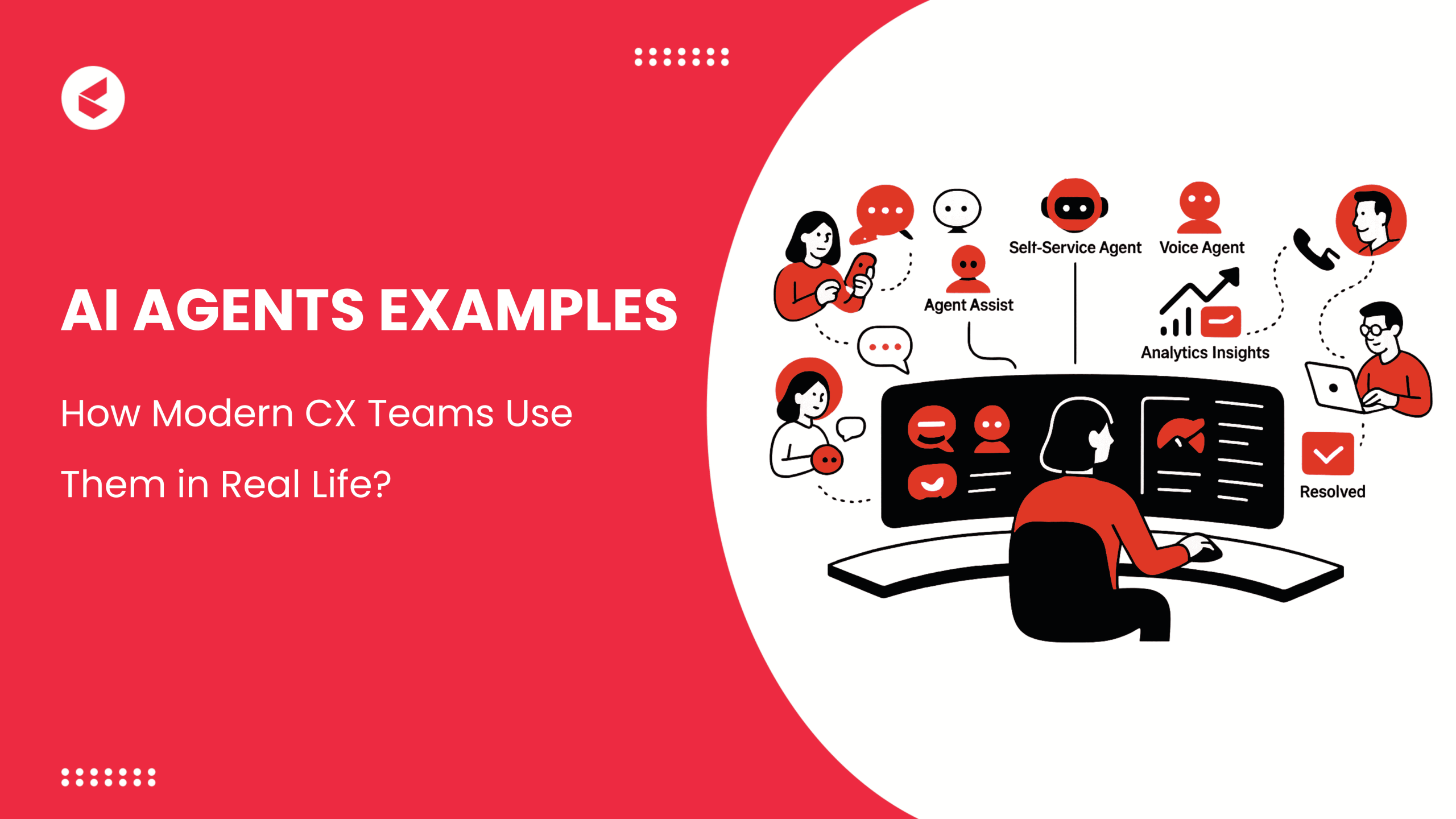Ever wondered if an AI’s “thought process” can be laid bare the way you’d check a receipt for errors? Agentic AI is making that question unavoidable.
In recent years, Agentic AI has been talked about a lot for its abilities to reason, decide, and act on its own. Unlike models focused on content creation, agentic AI zeroes in on decision-making and operates with minimal oversight.
This is where Chain-of-thought prompting (CoT prompting) comes into the picture. It offers a glimpse into how the reasoning of Agentic AI unfolds. As agentic AI moves from hype to deployment, CoT monitoring is emerging as one of the most effective ways to make autonomy auditable.
The question is, can we really know what’s happening under the hood? Let’s find out.
What is Chain of Thought (CoT) — and Why It Matters
Chain of Thought is a prompting technique that nudges AI models to explain their reasoning in a structured, step-by-step way. Instead of delivering a single answer, the model walks through intermediate steps before concluding.
In customer experience, for example, the question “Is the customer eligible for a refund?” can trigger a series of internal checks (read, order history, product return policy) before the model gives a yes or no.
In BFSI, the same approach could walk through eligibility criteria, compliance checks, and resolution recommendations.
The prime value of CoT is in the traceability. Without visibility into those intermediate steps, one faulty assumption can silently lead to an incorrect outcome.
Besides, the reasoning transparency that CoT prompting provides saves enterprises from large and costly mistakes before they affect their operations. CoT turns the “black box” into something you can audit before trust is misplaced.
Why Enterprises Can’t Ignore CoT Monitoring
According to McKinsey’s 2025 survey, 78% of organizations now use AI in at least one business function, yet more than 80% report no measurable EBIT impact at the enterprise level.
This gap is simply due to the lack of ability to prove that decisions were made correctly, especially in high-stakes contexts. CoT monitoring provides that proof by capturing and auditing the reasoning steps behind every output.
Here’s why enterprises cannot ignore CoT monitoring:
1. Trust
For enterprise-level organizations, trust is built on the evidence behind the answer that AI provides. CoT logs provide a defensible trail that you can review, verify, and sign off.
McKinsey’s 2025 survey found that organizations with strong AI governance, especially those with direct CEO oversight, report the highest bottom-line impact from gen AI.
Without that governance, leaders are left managing outcomes they can’t explain.
2. Compliance
Regulatory environments are unforgiving. When AI outputs drive financial, legal, or healthcare actions, “the model decided” is not a defense.
You need replayable reasoning records to prove adherence to approved logic. With only 27% of organizations (Vena Solutions) reviewing all gen AI outputs before use, most enterprises are still exposed to compliance gaps.
3. Debugging
In production, errors often hide in reasoning steps, not in final outputs. CoT monitoring helps pinpoint faulty logic quickly. Given that only 1% (McKinsey)of executives describe their gen AI deployments as mature, most enterprises lack the operational maturity to debug at scale without these insights.
4. Security
Reasoning paths are an emerging attack vector. Jailbreak prompts can hijack decision chains without triggering conventional safeguards. With cybersecurity ranked among the top Gen AI risks being actively mitigated, monitoring reasoning steps can help detect unsafe logic before execution.
5. Governance
Governance must move from static prompt testing to live oversight. Larger companies are more likely to centralize AI risk and data governance. They are already shifting to continuous monitoring models to ensure that every deployed reasoning chain meets internal and regulatory standards.
How Kapture Makes Reasoning Visible
In an enterprise setting, “black box” AI is a liability. If a customer dispute escalates, a regulator asks for proof, or an internal audit questions an automated decision, you need a verifiable record of the logic used.
Kapture’s agentic platform is built for that reality. Its explainability-first architecture means every decision, escalation, and action taken by an AI agent is traceable in detail.
With Chain of Thought (CoT) reasoning baked in, Kapture agents log every reasoning step that led to the conclusion. That includes policy checks, data lookups, and conditional triggers.
For instance, if a self-serve bot declines a refund, the following reasoning path would be captured:
Policy verification → Product condition assessment → Timeframe validation
Human agents can then review the decision with complete context, rather than piecing it together after the fact. This level of transparency enables faster audits, reduces the risk of compliance breaches, and strengthens customer trust.
Some key capabilities that make this reasoning visible in Kapture include:
1. Full reasoning capture
Enterprises need a record of why an AI took an action, not only what it did. Kapture logs every step in a time-sequenced trail and normalizes it across voice, chat, email, and social so reviewers see one coherent decision timeline.
2. Real-time human intervention
Live oversight matters when a decision could harm a customer or breach policy. Kapture’s Observability platform shows the current step, pending actions, and context, then lets teams pause, edit, or reroute with a single handoff while preserving the audit trail.
3. Cross-channel traceability
Customer journeys hop across channels, which makes fragmented logs a risk. Kapture correlates sessions using persistent customer and case IDs, linking call transcripts, chat turns, emails, and tickets into one threaded narrative.
4. Audit-ready reporting
Kapture provides exportable reports with role-based access, redaction for PHI and PII, and templates aligned to BFSI and healthcare reviews.
5. Error isolation
Most failures hide in a single faulty step, not the final answer. Kapture compares failed and successful traces, highlights divergent steps, and flags common failure patterns to speed remediation.
6. Customer trust enablement
Kapture auto-generates concise summaries from the CoT log, attaches evidence such as policy excerpts, and stores the note on the ticket for future reference.
With Kapture, reasoning transparency is integrated directly into the agentic AI functions, giving enterprises control and clarity at scale.
Reasoning Is the Next Layer of AI Governance
Reasoning alignment decides whether systems are safe, auditable, and worth scaling. Enterprises cannot afford to be blind to the thinking behind AI actions; they need CoT monitoring that makes the logic observable, replayable, and accountable.
Agentic AI will only earn trust when leaders can inspect the reasoning chain, compare it to policy, and show proof on demand. Governance must shift from focusing on output checks to promoting transparency in reasoning across channels and workflows.
Invest in Chain of Thought capture, alerts on anomalous steps, and audit-ready logs. If you cannot trace a decision, you cannot own it.
Get a personalized demo of Kapture.
See how Kapture makes CoT reasoning visible, auditable, and review-ready in production. Book a personalized demo.
FAQs
An AI cannot think the same way as humans, but with Chain of Thought (CoT) logs and action traces, we can inspect its reasoning steps for a given task.
No, AI can’t read thoughts; it infers likely intents or attributes from your data and behavior, such as text, clicks, or sensors.
Yes, through CoT monitoring, input–output logging, policy checks, and audit trails across channels, plus real-time alerts on risky actions.
CoT is a prompting method that has the model write step-by-step reasoning before the answer, increasing reasoning transparency and easing debugging.













